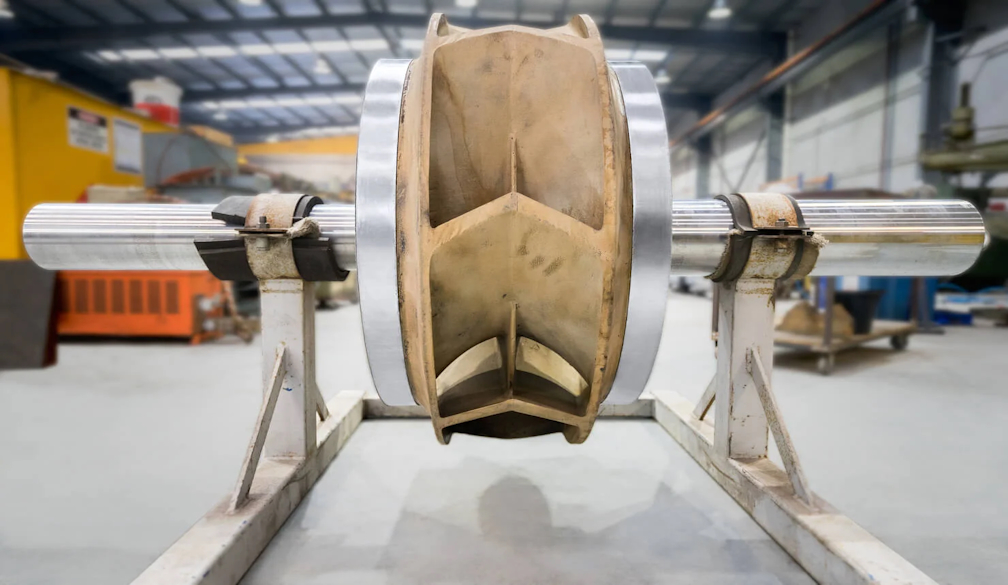Understanding Hard Chrome Plating: Benefits and Applications

Hard chrome plating is a vital process in various industries, renowned for its durability and resistance to wear. This technique enhances the performance and lifespan of components across a wide range of applications, making it a popular choice for manufacturers and engineers alike. In this article, we will explore the fundamentals of hard chrome plating, its benefits, and its applications.
What is Hard Chrome Plating?
Hard chrome plating, also known as hard chromium electroplating, is a method of depositing a layer of chromium onto a substrate, typically metal. The process involves the electrolysis of a chromium solution, which results in the deposition of a hard, dense layer of chromium on the surface of the component. This layer can vary in thickness, typically ranging from 0.0001 inches to 0.002 inches.
The Benefits of Hard Chrome Plating
-
Increased Durability
- One of the primary advantages of hard chrome plating is its exceptional hardness. The process creates a surface that can withstand heavy wear and tear, making it ideal for components that are subject to friction and abrasion. This durability can significantly extend the lifespan of parts, reducing the need for frequent replacements.
-
Corrosion Resistance
Hard chrome plating offers excellent resistance to corrosion and oxidation. The chromium layer acts as a barrier, protecting the underlying material from environmental factors that could lead to degradation. This characteristic is particularly beneficial in industries where components are exposed to harsh conditions.
-
Improved Surface Finish
The hard chrome plating process can enhance the surface finish of components, providing a smooth and polished appearance. This not only improves aesthetics but also reduces friction in moving parts, enhancing overall performance.
-
Lower Maintenance Costs
By prolonging the life of components and reducing wear, hard chrome plating can lead to lower maintenance costs. Fewer replacements and repairs translate to significant savings for businesses over time.
-
Versatility
Hard chrome plating can be applied to various materials, including steel, aluminum, and other metals. This versatility makes it suitable for a wide range of industries, from automotive to aerospace.
Applications of Hard Chrome Plating
Hard chrome plating is utilized in numerous industries due to its unique properties. Here are some common applications:
-
Automotive Industry
In the automotive sector, hard chrome plating is used for components such as piston rods, hydraulic cylinders, and gears. The increased durability and wear resistance help improve the efficiency and performance of vehicles.
-
Manufacturing
Manufacturing equipment often involves components that endure heavy loads and friction. Hard chrome plating is applied to tooling, dies, and molds to enhance their longevity and reliability.
-
Aerospace
The aerospace industry demands components that can withstand extreme conditions. Hard chrome plating is used on landing gear, engine parts, and other critical components to ensure safety and performance.
-
Mining and Construction
Equipment used in mining and construction is subjected to harsh environments. Hard chrome plating protects components like drill bits, excavator arms, and conveyor systems from wear and corrosion.
-
Medical Equipment
In the medical field, hard chrome plating is applied to surgical instruments and equipment, ensuring durability and sterilization. The smooth surface finish also facilitates easier cleaning and maintenance.
The Hard Chrome Plating Process
The hard chrome plating process involves several key steps:
-
Surface Preparation
Before plating, components must be thoroughly cleaned and prepared. This may involve processes such as abrasive blasting or chemical cleaning to remove any contaminants that could affect adhesion.
-
Electroplating
The prepared component is immersed in a chromium plating bath. An electrical current is passed through the solution, causing chromium ions to be deposited onto the surface of the component. This process typically takes several hours, depending on the desired thickness.
-
Post-Plating Treatment
After plating, components may undergo additional treatments, such as polishing or machining, to achieve the desired finish and tolerances. This step ensures that the components meet the required specifications for their intended applications.
Conclusion
Hard chrome plating is an essential process that enhances the durability, performance, and longevity of components across various industries. Its ability to resist wear and corrosion, combined with its versatility, makes it a valuable solution for manufacturers and engineers. Whether in automotive, aerospace, or manufacturing, the benefits of hard chrome plating are clear, providing a reliable and cost-effective method for improving component performance.








